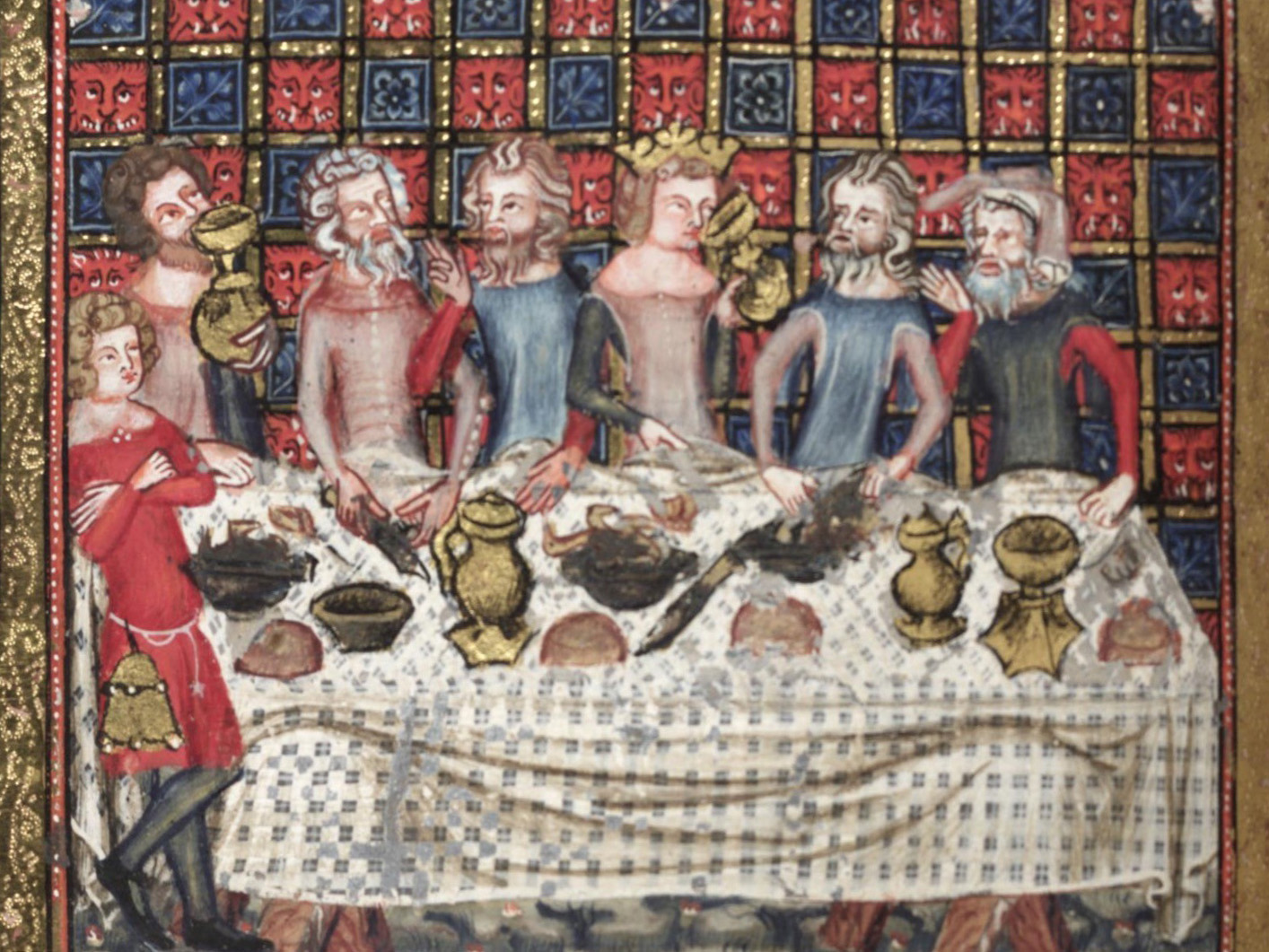The Fake News of the French Court
By: Crystal Price
Although the Middle Ages may seem unrelatable to the present day and full of strange, different, and unfamiliar things, a Texas Tech researcher suggests that they are also a place where you encounter a lot of uncannily modern and recognizable things – like fake news.
Lucas Wood, an Assistant Professor of French in the Department of Classical and Modern Languages and Literatures, researches 12th and 13th-century French literature centered around aristocratic courts and the performative aspects that correlate with today's society. It is important to keep in mind that throughout time, human behavior has not drastically changed, and humans, generally speaking, find gossip entertaining.
"One of the clusters of texts that I found to be really interesting for this project involved magical chastity tests, which are obviously fictions," Wood says. Magical chastity tests were usually contained in literature as part of an entertaining story written to be performed by or for the people attending court. Many of the tests stage a game of sorts that identifies and stigmatizes people in unfaithful love relationships—which turns out to be virtually everyone! These narratives were meant as entertainment, poking fun at

the same royals and nobility who enjoyed them. However, these texts also had a bit of scandalous truth to them because courtly society both valued the adulterous or extramarital practice of "courtly love" and needed, for political reasons, to insist on (or believe in) unmarried girls' chastity and married women's fidelity to their husbands.
Wood continues, "There are at least five of these magical tests that I've found in romances and short narrative poems called lais. In one version of the test, there is a magical cup or drinking horn which will dump wine all over anyone who tries to drink from if they are unfaithful in love or marriage. In the other version, unfaithful women try to put on a magic mantle that either shrinks or grows to not fit them, revealing their infidelity. The fake news comes into play when courtly societies react to these truth-revealing devices by attempting to deny or defuse problematic information and explosive revelations of adultery, especially by the queen, and, on the other hand, by also using that information in productive ways to turn crises of community into opportunities for bonding."
The label of fake news encompasses a broad spectrum of subjects and draws chuckles, but Wood wants to delve deeper into the meaning and the roots of this cultural phenomenon by looking at how and why the label of "fake news" can be applied to unpleasant realities or unsettling truths. "People might think, 'This is inconvenient for my ideological world view, therefore it's fake news'," Wood states.
Another aspect of fake news that Wood is analyzing is how society produces myths to live by and then tries to work them out and make them remain functional in the face of actual life. Wood says it's one of those things that medieval and modern societies share because "human collectivities have a need to believe in something in common even if it doesn't fully work" in contact with objective facts.
Wood relates these myths to discourses we've seen of late in our own society, for instance the use of the "fake news" concept to dispute Russia's role in the 2016 presidential election and the proliferation of memes that develop their own truths on social media with questionable reference to external reality.
Wood says we need to look more closely at what kinds of possibilities this intellectual, or in some cases anti-intellectual, gesture of saying "that's fake" is doing in terms of our individual ideologies, our communities, and our country. He goes on to say that these labels of the fake or lies are being deployed very strategically for specific purposes, just as they were in the Middle Ages, and we would do well to think about what those are.
Again, connecting today and the Middle Ages, these tests in literature are also a way of thinking about how we can or might or already do use cultural productions to think through our own anxieties. Take for example social media. Wood says, "Social media is a space where rather than one person telling a lie to others from a position of power, the group generates its own narratives and works out its own decisions about what will be accepted as true," just as the medieval texts he studies show courtly societies working together to deal with the inconvenient truth of rampant adultery.
Wood's future research may return the question of "When people are denying the truth of something they don't like, what are they getting out of it beyond simple denial?" He says that's a complex question, but one worth asking nonetheless, both in the Middle Ages and today.
Discoveries
-
Address
Texas Tech University, 2500 Broadway, Box 41075 Lubbock, TX 79409 -
Phone
806.742.3905 -
Email
vpr.communications@ttu.edu
